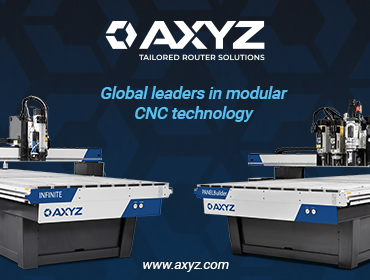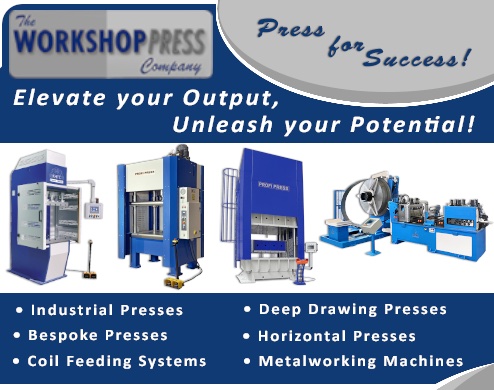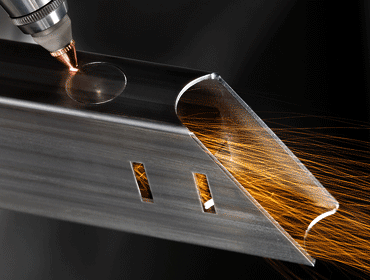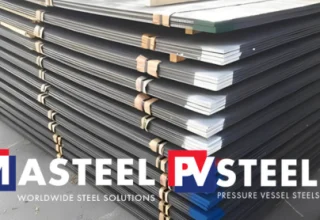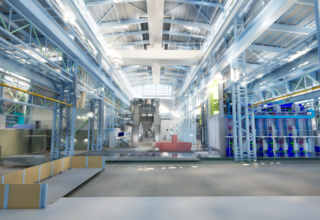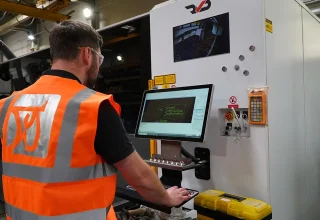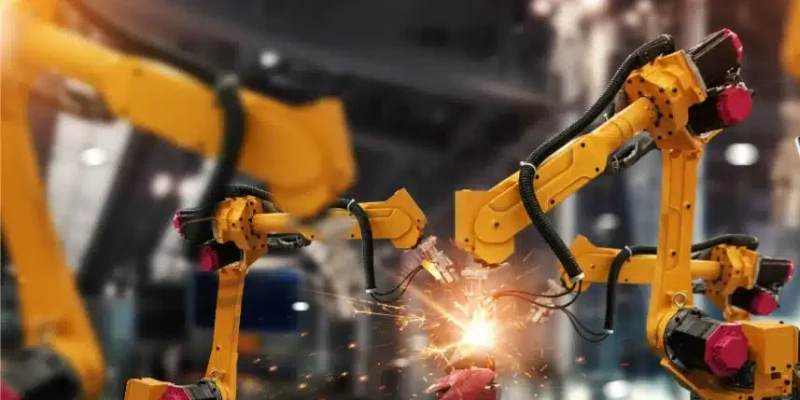
Wrekin Sheetmetal explains why it feels manufacturing potential has once again increased exponentially. Industry 4.0 signals a great economic change; however, the ins and outs of Industry 4.0 aren’t yet fully understood by all those it could affect. .
Rise of the fourth industrial revolution
The fourth revolution is a product of the three industrial revolutions before it.
- The first industrial revolution, dated 1760: introduction of steam- and water-powered machines, transitioning from manual methods of manufacturing to machinery.
- The second industrial revolution, circa 1870: catalysed by oil, gas, and electric advancements which enabled mass production via assembly lines.
- The third industrial revolution, dated 1947: brought automation, electronic technology, and IT systems to the manufacturing landscape creating digital processes.
The fourth industrial revolution builds upon these prior revolutions, increasing the digital capabilities within manufacturing further with the Internet of Things and Cyber-Physical systems.
What is the impact of Industry 4.0 for manufacturing businesses?
The technologies of the fourth industrial revolution have had a great impact on manufacturing businesses. The potential of manufacturing has increased, enabling manufacturers to create more complex, intricate, and custom products with more cost-effective processes, meaning they can meet the evolving needs of their customers.
The advantages and disadvantages of Industry 4.0
The advantages of fourth revolution technology include:
- Predictive maintenance. The ability to predict machine wear and failure has increased with greater data and machinery insight.
- Increased accuracy, quality, and efficiency. Processes are more accurate and efficient, leading to a greater quality of products and customer service.
- Greater workplace safety. Dangerous and monotonous jobs are undertaken by machines leading to a safer workplace environment.
- Creation of new jobs. New technologies create new jobs within the manufacturing sector and beyond.
The disadvantages of fourth revolution technology include:
- Lack of qualified staff. Manual skills will be lost with the move towards automation, with an increasing need for those qualified in new technologies.
- Expensive initial investment. Large investments into expensive Industry 4.0 machines may prevent some manufacturers from developing in this direction.
Key drivers of the fourth industrial revolution
The key drivers in the fourth industrial revolution include:
1. The Internet of Things.
The Internet of Things (IoT) refers to the connection of physical devices to digital data and software, enabling them to work as one.
2. Smart factories.
Smart factories utilise computer-integrated machinery, or cyber-physical systems, for automated manufacturing and improved decision making.
3. Cyber-physical systems.
Cyber-physical systems (CPS) are similar to the IoT in that digital technology is integrated with physical devices, however CPSs have increased interactive and behavioural abilities.
4. Cloud computing.
The complete manufacturing process can be integrated onto cloud software with cloud computing, meaning it is hosted over the internet.
5. Artificial intelligence.
Artificial intelligence is intelligence displayed by machines; in a manufacturing context, this can be used for data extraction and intelligence-driven manufacturing.




